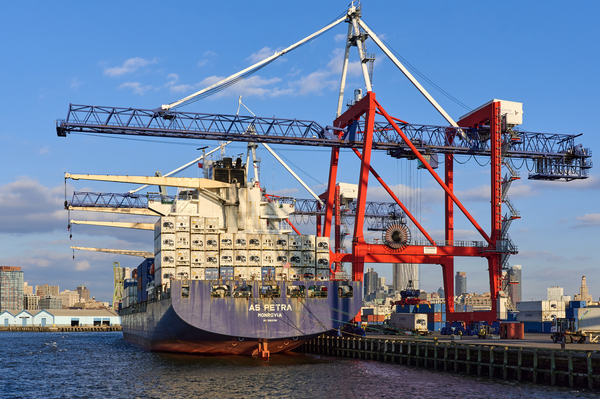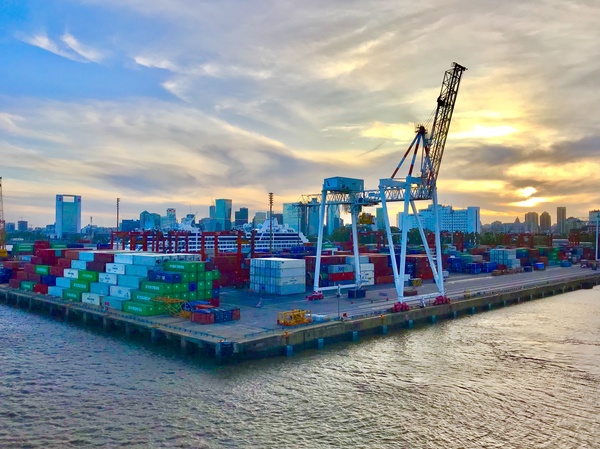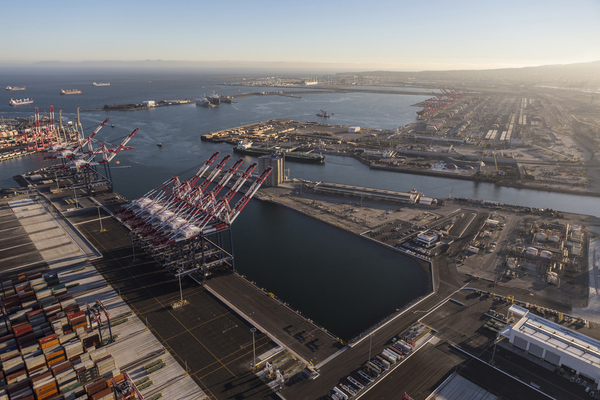Americas Market Update 21 Aug 2025
Bunker fuel benchmarks have moved in mixed directions, and rough weather in New York Harbor could delay bunkering operations.
 IMAGE: The Statue of Liberty seen from New York Harbor. Getty Images
IMAGE: The Statue of Liberty seen from New York Harbor. Getty Images
Changes on the day to 08.00 CDT (13.00 GMT) today:
- VLSFO prices up in Houston ($8/mt) and Zona Comun ($6/mt), and down in Los Angeles ($10/mt), New York ($5/mt) and Balboa ($4/mt)
- LSMGO prices up in Houston ($18/mt), New York ($8/mt) and Zona Comun ($6/mt), and down in Balboa ($16/mt) and Los Angeles ($9/mt)
- HSFO prices up in Houston ($2/mt), and down in Los Angeles ($6/mt), Balboa ($2/mt) and New York ($1/mt)
Houston has recorded an increase in prices across all three fuel grades. The port's LSMGO price has significantly increased by $18/mt in the past session, while nearby New York has only gained $8/mt.
Houston's LSMGO price benchmark is now at a smaller discount of $32/mt to New York, down from $70/mt at the beginning of the month.
Bunker fuel demand has remained healthy in Houston, with normal availability across all grades for prompt deliveries. VLSFO and LSMGO can be supplied within 3–4 days, while HSFO requires about 5 days this week, a bunker trader told ENGINE.
Meanwhile, suppliers in New York can provide VLSFO and LSMGO within 6–7 days, while HSFO remains less readily available and requires longer lead times due to adverse weather.
An active hurricane, Erin, is passing through the port this week, bringing dangerous rip tides, high wind gusts of up to 23 knots, and rough seas along the shore.
These conditions are likely to disrupt bunkering schedules and cause barge delays, a source said.
The US National Weather Service (NWS) has issued a small craft advisory for New York, warning that wind and sea conditions could be hazardous for smaller vessels.
Brent
The front-month ICE Brent contract has gained $0.46/bbl on the day, to trade at $66.98/bbl at 08.00 CDT (13.00 GMT).
Upward pressure:
Brent’s price has moved higher amid signs of strong demand in the world’s largest oil consumer – the US.
Commercial US crude oil inventories have dropped by 6 million bbls to touch 421 million bbls for the week ending 15 August, according to data from the US Energy Information Administration’s (EIA).
“Crude oil prices rebounded as signs of strong demand in the US boosted sentiment,” remarked ANZ Bank’s senior commodity strategist Daniel Hynes.
A drop in US crude stocks typically indicates higher demand and can lend some support to Brent's price.
Downward pressure:
Oil market traders remain cautious, keeping a close watch on peace talks aimed at ending Russia’s war in Ukraine.
Earlier this week, officials from the US and NATO met to discuss security measures for Ukraine to help forge a peace agreement, Bloomberg reports. This news has added some downward pressure on Brent’s price.
A US-mediated ceasefire deal between the two eastern European nations may open the door to lifting energy sanctions on Moscow, according to market analysts.
“Any peace deal is likely to lead to fewer restrictions on Russian crude oil,” Hynes added.
By Gautamee Hazarika and Aparupa Mazumder
Please get in touch with comments or additional info to news@engine.online

Contact our Experts
With 50+ traders in 12 offices around the world, our team is available 24/7 to support you in your energy procurement needs.




